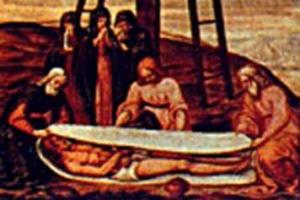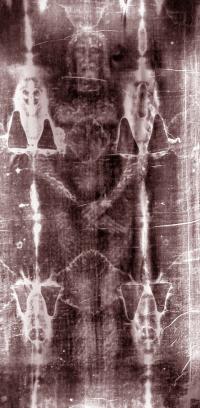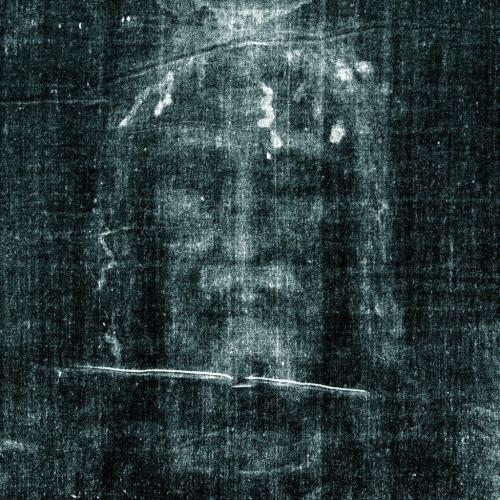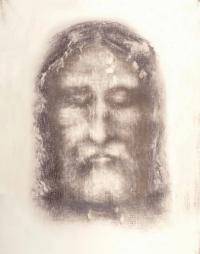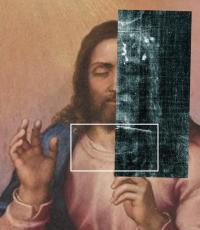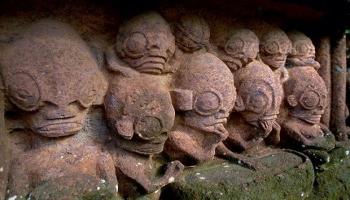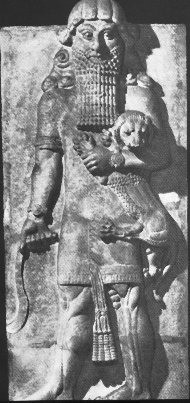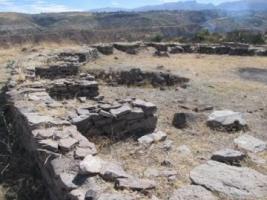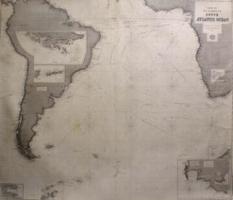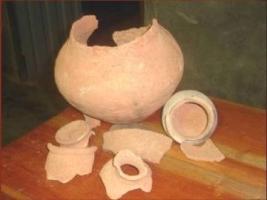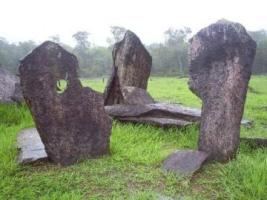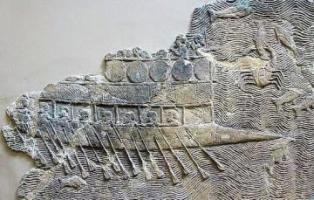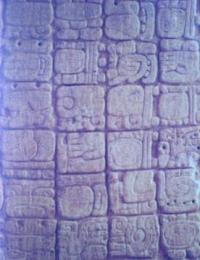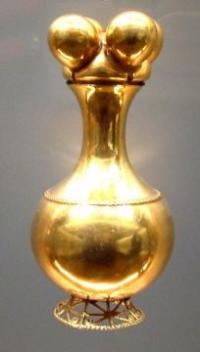The Mystery of the Shroud: the story
The Shroud: part 1

The story begins with a legend by Eusebius of Caesarea in Ecclesiastical History (325 ca.), the story of the king of Edessa Abghar V who, seriously ill, sends a letter to Jesus inviting him to come to him to heal him. Jesus will send Thaddeus to visit him and heal him. This legend was then expanded and reworked a century later in two Syriac manuscripts; in this variant the king Abghar sends his servant Ananìa to make a portrait of Jesus. There is also another later variant, the one reported in the Acts of Thaddeus, an apocryphal text of the eighth century, according to which Jesus asked to the servant sent by the king a cloth to wipe his face which thus remained imprinted on it. This image imprinted on the cloth, also called acheiropòieton (not made by man's hand), among other things seems to have been hoisted for protection during a siege of Edessa in 544 and many refer to this, such as the historian Ian Wilson, who they identify it with the Shroud of Turin and assert that it was kept folded in four parts (rhàkos tetràdyplon piece folded in four) so as not to show the half-naked and martyred body of the condemned man. In the documents this "Folded Shroud" is also called Mandylion and this would not be reconciled with the hypotheses of Wilson; mandil in Arabic in fact means towel (ion is its diminutive) which suggests that it did not refer to what was probably quite another thing, namely that the shroud of Christ was not the image of Edessa. However the relics will soon leave Edessa after the sacking of the Byzantine troops in 944, the year in which they will be taken to Constantinople where they will remain until 1204 when a new sacking will make them lose their tracks.
But we have in 1203 the testimony of a crusader, Robert de Clary, who writes that he saw the "... shroud in which Our Lord was laid and that every Good Friday was raised vertically so that the figure of Our Lord could be clearly seen". Clary then adds that "no one has ever known, neither Greek nor French, what happened to this shroud when the city was taken".
Constantinople was sacked in 1204 and probably the shroud was stolen first. We have information of it in a document attesting the Shroud near Athens in 1205. This could be connected with the expulsion in 1205 of the Greek monks from the monastery of Daphni, six kilometers from the Acropolis and the assignment of the same to the founded Cistercians from that Saint Bernard protector of the Templars who seem to have come into possession of the sacred relic between 1234 and 1272 when Guillaume de Beaujeu became Grand Master of the Order and was brought to France after the defeat of Acre in 1291.
The Shroud will reappear in Lirey in France in 1353 in the hands of Geoffroy de Charny and will be exhibited in Lirey presumably between 1353 and 1356 as two documents attest, a papal bull of 6 January 1390 in which Pope Clement VII stated that he had been the father of Geoffroi de Charny II to exhibit in Lirey a figure or representation of the Shroud of Our Lord and a lead medallion engraved with a double sheet with a front and back figure and the coats of arms of Geoffroy de Charny I and his wife Jeanne de Vergy.
Let's open a small parenthesis to move to England in the Temple Combe castle that belonged to the Templars, in this castle a painting was found depicting the face of a man very similar to that of the Shroud, but the most amazing thing is that this picture hides a lock that gives inside a small niche where (probably) the precious relic was kept for some time.
Returning to the Charny family, Geoffroy de Charny II died and his daughter Marguerite in 1453 decided to donate the Shroud to the wife of Ludovico di Savoia, of whom she had been a guest in Geneva. The Shroud will then be placed in the Sainte Chapelle of Chambery. 1506 is an important date from the religious point of view; in fact in this year Pope Julius II grants the liturgical and public worship of the Holy Shroud.
But in the night between the 4th and 5th December of the year 1532 a fire will break out which will destroy the chapel of Chambery and will reach the silver reliquary which contains the cloth folded in 48 parts; a flow of molten lead from the enormous heat will reach a corner of the cloth and burn it.
After two years the Poor Clares of Chambery will repair the numerous triangular "holes" that have been produced in series like the cutouts made on paper with new cloth; they will work for a long time but still manage to repair the cloth which will always bear the mark of that night. The relic will remain in Chambery until 1578 when Emanuele Filiberto under the pretext of "shortening" the pilgrimage of San Carlo Borromeo will transfer it (temporarily) to Turin ... a temporary solution that has lasted for more than 400 years.
In 1694 the Shroud will be placed in the chapel built by the Dukes of Savoy between the palace and the cathedral, based on a project by the architect Guarino Guarini where it will remain until 1995 when the restoration of the chapel will begin. Two years later, once again a fire risked compromising the safety of the Shroud but the shroud was rescued before the ceiling could collapse with irreparable consequences. To total destruction due to a fire with unexplained causes.
Since 1983, following Umberto II's testamentary disposition, the Shroud belongs to the Holy See but is left in Turin in the hands of Cardinal Anastasio Ballestrero appointed "Pontifical Custos" of the Shroud cloth.
In 1898 a lawyer with a passion for photography asked the Savoy for permission to photograph the shroud; with permission granted Secondo Pia, he will obtain from the Shroud some plates that will mark a turning point in the history of the sacred cloth: the Shroud is actually a "photographic" negative and therefore the negative obtained by the Pia is nothing but a positive. But this statement does not satisfy the scientists who want to go deeper into the question and ... the research begins.








